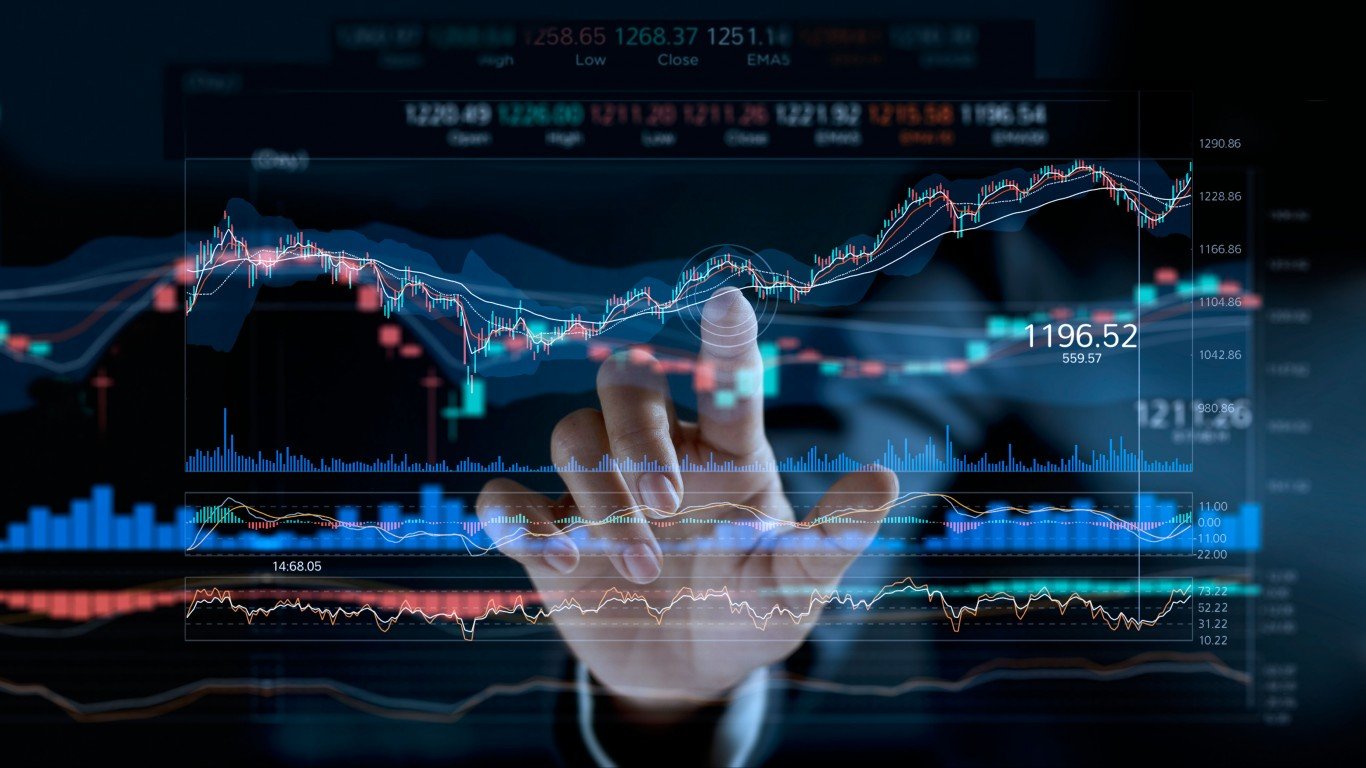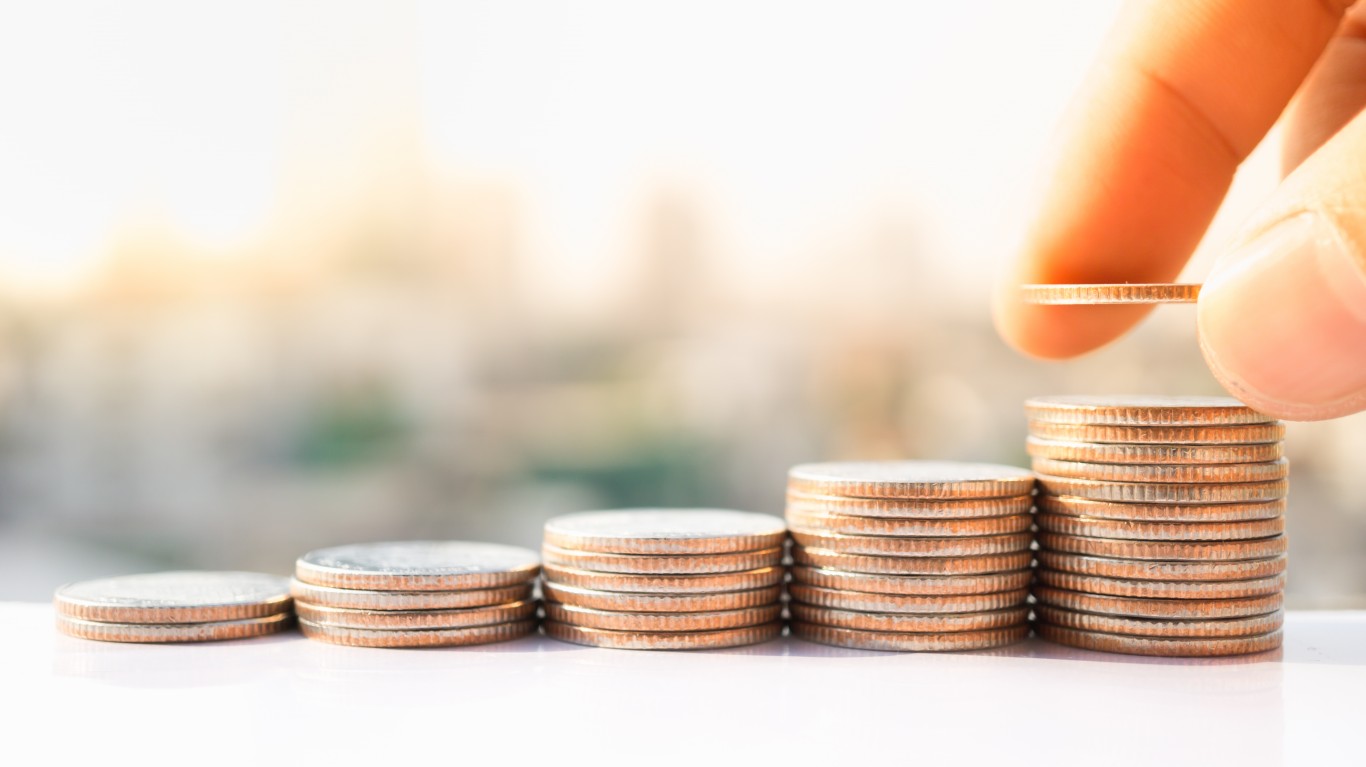

A key component of income investing is a portfolio that includes safe dividends, those that are unlikely to shrink or disappear. Recognizing when a dividend is stable and safe can be a challenge. Yet, certain metrics can offer clear signs for the investor looking to establish or shore up such a portfolio. What do these metrics tell us about the quarterly dividend at Exxon Mobil Corp. (NYSE: XOM)?
Exxon’s most recent payout was $0.95 a share, and the yield is now about 3.9%. The next ex-dividend date is expected in February. The current yield is less than that of competitors BP PLC (NYSE: BP), Chevron Corp. (NYSE: CVX), Shell PLC (NYSE: SHEL) and TotalEnergies S.E. (NYSE: TTE). It is also lower than the oil and gas integrated industry average yield of about 5.7%.
Dividend Aristocrat?

Other Valuation Metrics

The dividend payout ratio indicates how much of a company’s earnings are paid out as a dividend. It is a sign of how safe a company’s dividend is and how much room it has for future growth. The higher the ratio, the greater the risk. Income investors often look for a dividend payout ratio of less than 60%. Exxon currently has a dividend payout ratio of about 36%. That is lower than the industry average and less than the company’s average dividend payout ratio of 66% over the past decade.
A look at free cash flow reveals whether the company has the funds required for its payout, as well as for share repurchases or even paying down debt or making acquisitions. Income investors prefer growing free cash flows. The free cash flow at Exxon has surged in the past couple of years, coming in at $63.6 billion for 2022. However, since 2010 annual figure has varied considerably. That pattern is similar for the competitors mentioned above as well.
Return on invested capital is a measure of how well a company allocates its capital to profitable projects or investments. Again, the thing to look for is stability, specifically a double-digit ROIC over many years. Exxon’s current ROIC is near 13%. However, the figure varies here too, from as high as 26% or so to −10% in the past 10 years. The current ROIC is lower at Chevron, Shell and TotalEnergies.
Operating margin is a measure of the percentage of revenue a company keeps as operating profit. Here too the preference is for a stable double-digit percentage increase. The current figure is near 19.9%. However, the margin drifted lower for much of the past decade, and for much of 2021 it was in the red. The operating margins at the competitors mentioned above are lower.
A look at sales growth offers a clue to the volatility or cyclical nature of the business. Steady, moderate growth, say 3% to 7%, is ideal. Perhaps not surprisingly, this metric is also volatile at Exxon. Between 2012 and 2022, annual revenue ranged from $480.6 billion to $181.5 billion, and it has declined in recent quarters. Here too the pattern is similar across the industry.
A company’s net debt-to-capital ratio also can signal whether a dividend may be at risk. Because too much debt can put dividends at risk in hard times, a lower ratio is considered better. A debt-to-capital ratio above 0.6 usually means that a business has significantly more debt than equity. That ratio at Exxon is less than 0.2 and has been for most of the past decade.
Probably the most popular valuation metric is the price-to-earnings (PE) ratio. This indicates whether a stock is expensive or cheap at its current market price, compared to the broader market or to competitors. Exxon has a trailing PE ratio of about 9.6 and a forward PE of more than 10. That compares with a historical benchmark of 15, as well as the broader market’s current 24 or so. Shell and TotalEnergies have PEs near the industry average of around 7, while at BP it is lower and at Chevron it is in the same ballpark as Exxon’s. (See which five blue chip dividend stocks make up 75% of Warren Buffett’s portfolio.)
And finally, the number of shares outstanding is worth a look. When companies buy back their shares, that number shrinks. But secondary offerings of stock increase that number. Investors tend to prefer a declining total, as that increases their stake over time. For Exxon, the number of shares has been a steady 4.2 billion or so since 2015. The company aims to increase its annual share repurchase program to $20 billion in 2024 through 2025.
Summary

| Dividend Aristocrat | ✔ |
| Dividend payout ratio | ✔ |
| Free cash flow | 🗙 |
| Return on invested capital | 🗙 |
| Operating margin | 🗙 |
| Sales growth | 🗙 |
| Net debt-to-capital ratio | ✔ |
| PE ratio | ✔ |
| Shares outstanding | ✔ |
Exxon’s long history of annual payout hikes is comforting for income investors. Yet, while the dividend payout ratio is reasonable for now, the question is whether revenue growth and free cash flow will support it going forward.
The consensus recommendation of analysts is a cautious Buy. However, their mean price target of $125.71 suggests that they see more than 30% upside in the next 12 months, despite current geopolitical concerns and slow demand growth.
Take This Retirement Quiz To Get Matched With A Financial Advisor (Sponsored)
Take the quiz below to get matched with a financial advisor today.
Each advisor has been vetted by SmartAsset and is held to a fiduciary standard to act in your best interests.
Here’s how it works:
1. Answer SmartAsset advisor match quiz
2. Review your pre-screened matches at your leisure. Check out the advisors’ profiles.
3. Speak with advisors at no cost to you. Have an introductory call on the phone or introduction in person and choose whom to work with in the future
Take the retirement quiz right here.
Thank you for reading! Have some feedback for us?
Contact the 24/7 Wall St. editorial team.



